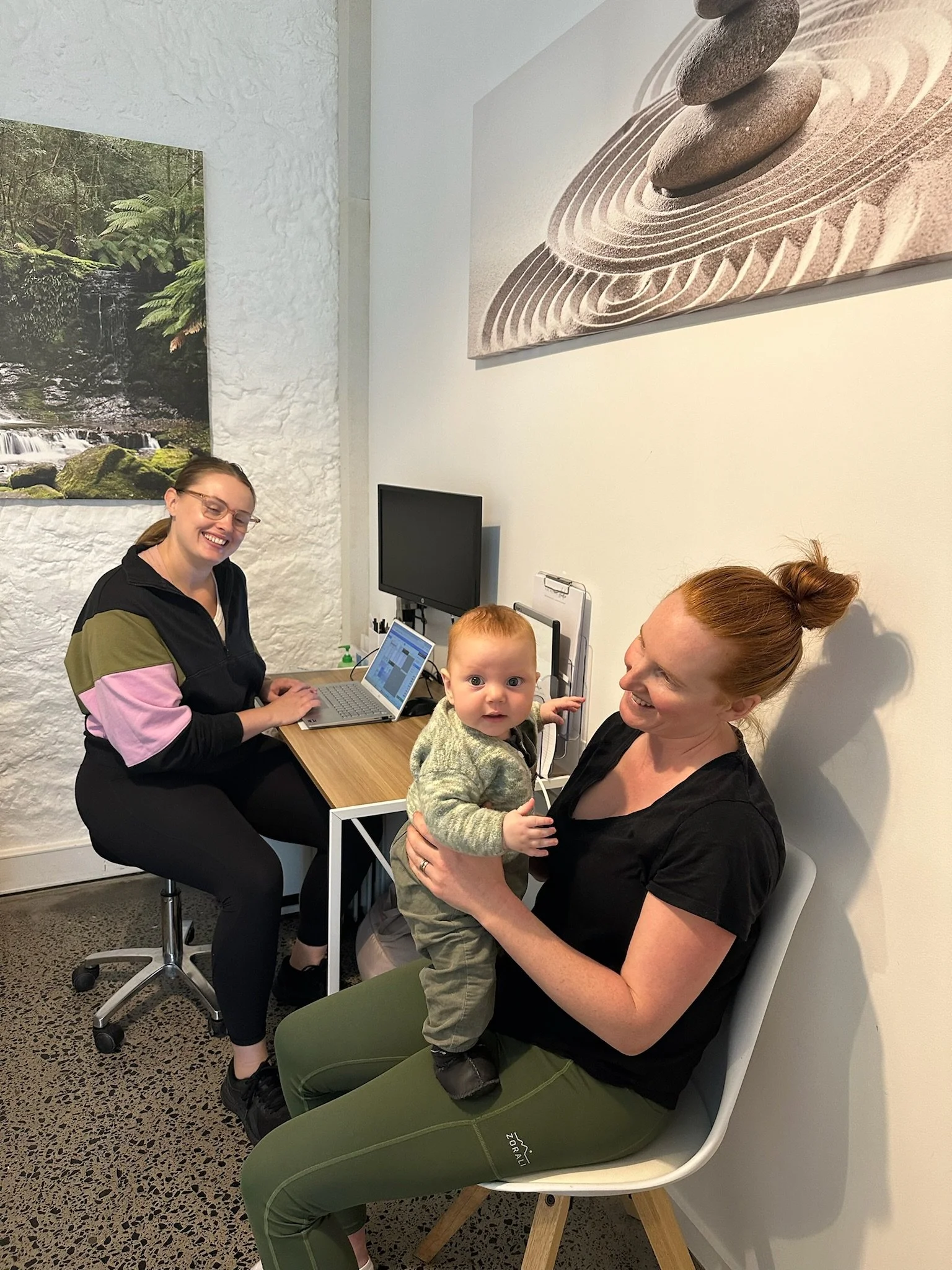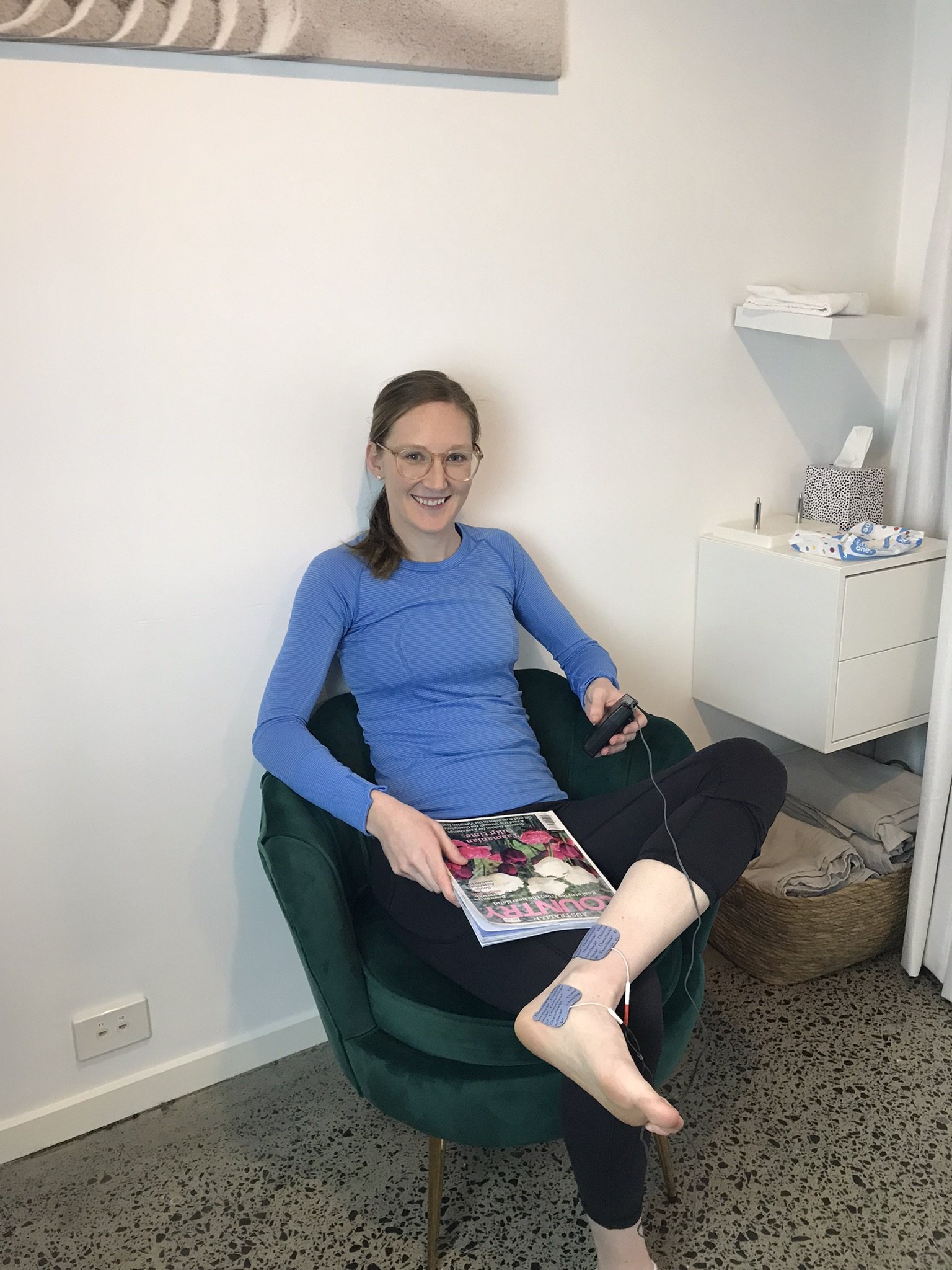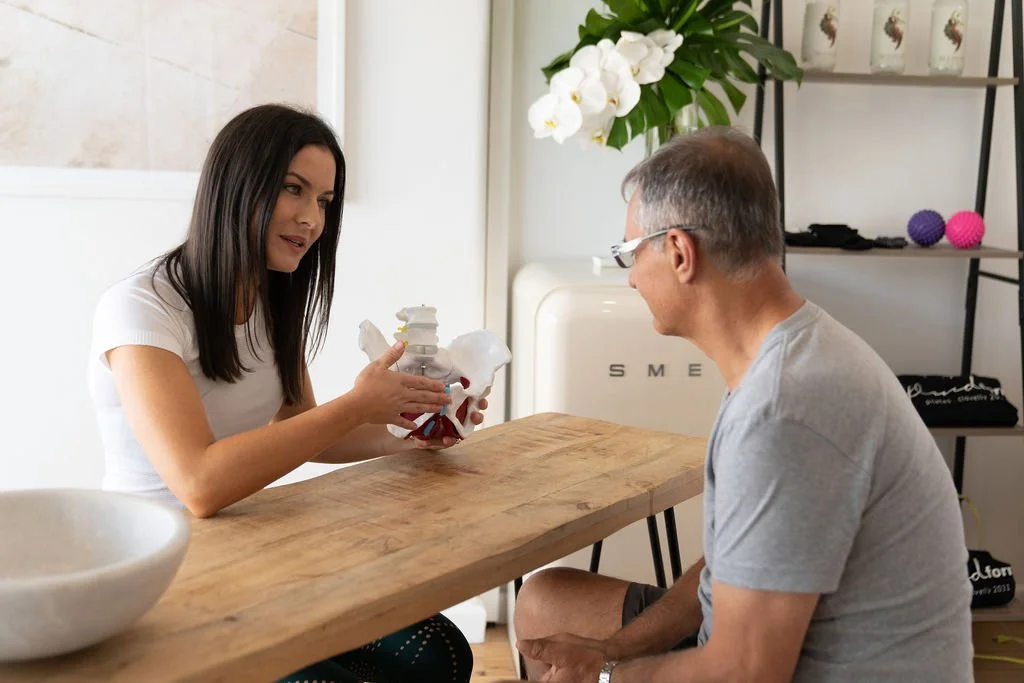The weeks and months after your delivery are an important emotional and physical transition time. Although no postnatal body is the same and postnatal recoveries vary, The Pelvic Studio has created a general guide designed to bridge the gap between the delivery of your baby and your 6 week postnatal check with your antenatal team and pelvic floor physiotherapist.
Read MoreThe Obturator Internus (OI) muscle can often be the culprit when it comes to pelvic, hip or low back pain. It can sometimes even lead to bladder and bowel urgency and leakage.
Read MoreThe Vagus Nerve represents the main component of our parasympathetic nervous system. This side of our nervous system keeps us centered, calm, safe, open, communicative, and measured. Our parasympathetic nervous system also controls specific bodily functions such as heart rate, blood pressure, and our immune system.
Read MoreChildren’s continence issues can be extremely common, especially in young children, and can be very distressing for not only the child, but the family too. To avoid impacting a child’s quality of life, particularly their self-esteem, behaviour, or performance at school, it is important to seek help sooner rather than later.
Read MoreHaving a pelvic organ prolapse (POP) can be stressful, and the fluctuations of a menstrual cycle can add another layer of difficulty to managing both. In this blog, we explain how periods and prolapse interact, and some tips on how to manage the changes
Read MoreAt The Pelvic Studio we are experts is assessing and treating your unique pregnant body. We strongly believe in Pelvic Physiotherapy being a ‘standard’ part of antenatal care. In other words, we believe all women who are pregnant should have a pelvic assessment at some point in their pregnancy irrespective of whether you experience any issues or dysfunction. This assessment is to prevent the common issues that occur during and after pregnancy and also treat these common issue should they arise
Read MoreStaying physically active after treatment for prostate cancer reduces your risk of recurrence and increases survivorship. Many men have the goal of getting back into cycling after having their prostate removed, which is something our physios can offer support and guidance around.
Read MoreVaricose veins of the vulva, or vulvar varicosities, occur when veins in the labia majora and labia minora become dilated. This condition is estimated to affect around 20% of pregnant women, which is 5x the rate of women who are not pregnant.
Read MoreColostrum is a type of early breast milk, produced by the breasts from around 20 weeks of pregnancy until the first few days after birth. Colostrum is a thick, sticky, yellowish liquid.
Read MoreLet's talk about sex.
In particular, sex during pregnancy and after having a baby.
You're certainly not alone if your sex life changes during pregnancy, or if you're feeling nervous about getting back into sexual intercourse after having a baby. After all, you experience a lot of changes during pregnancy, during birth and after giving birth. Hormonal changes, physical changes and emotional/social factors all play a part in how you feel about intercourse during pregnancy and after having a baby.
Read MoreThe first 12 weeks post birth, also known as the 4th trimester, is an important transition time both emotionally and physically following the physical changes initiated by pregnancy. A mother’s body undergoes many physical changes during pregnancy and birth, so it is vital that women are supported during their 4th trimester recovery. This is also a time of significant adjustment for new mums, with fatigue, compounded by sleep disturbance, being common in almost two thirds of women up to 12 months postnatal (Roy 2014). One of the most effective ways to combat fatigue, is actually to return to gentle physical activity to increase vigor. This blog talks through the stages of Postnatal recovery so you can be well equipped to get back to exercise
Read MoreAt The Pelvic Studio we are all about evidence-based practice, and the evidence tells us that pelvic floor physiotherapy can significantly reduce the impact of pregnancy on the pelvic floor. Here are our physiotherapist, Hannah’s, top evidence-based tips, for preventing birth trauma, pelvic floor dysfunction and to prepare your body as you enter your postnatal period.
Read MoreA non-pharmacological, long-term management of OAB in people who need more than first-line therapy – transcutaneous tibial nerve stimulation (TTNS).
Read More‘Genitourinary syndrome of menopause’ (or GSM) is a relatively new term for an age-old cluster of symptoms affecting an estimated 50% of 50-60-year-old women and up to 72% in those older than 70 (Palacios et al., 2018).
Read MoreIf you were asked to picture a typical person with bladder leakage, who would spring to mind? A pregnant woman? Or perhaps one who has recently given birth? A nursing home resident? What about an athlete? You may be surprised to learn that incontinence affects many athletes, both elite and recreational, in nearly every type of sport, regardless of whether they have given birth
Read MoreDid you know that Acupuncture and Chinese Medicine are fantastic tools to help expectant mothers navigate their health issues? Even though your body is undergoing many changes (and growing a tiny human) it is possible to maintain a high level of health from conception to birth and beyond!
Read MoreA pelvic organ prolapse or ‘POP’ is where one or more of the pelvic organs sit lower in the pelvis creating a bulging sensation at the vagina. This usually occurs due to lengthening of the pelvic ligaments and/or weakness of the pelvic floor muscles.
Read MoreAfter prostate surgery, men can have problems with bladder control (the bladder can leak urine unexpectedly) and erectile dysfunction. This blog will give you some basic information about urethral and pelvic floor muscle training to help you prepare for and recover from prostate surgery.
Read MoreResearch is beginning to investigate the effects of long COVID, with overwhelming evidence for the positive short, mid and long term health benefits of exercise which may prevent, delay or reduce a range of health conditions. Conversely, physical inactivity has been linked to a higher risk of more severe COVID outcomes.
This blog is a guide to recovery and return to exercise post COVID.
Read MoreYou don’t have to be a physio to know that your hand is a long way from your pelvis, so you might be wondering why The Pelvic Studio is talking about hand and wrist problems. However, you may not know that hand and wrist problems are surprisingly common in pregnancy and after giving birth
Read More



















